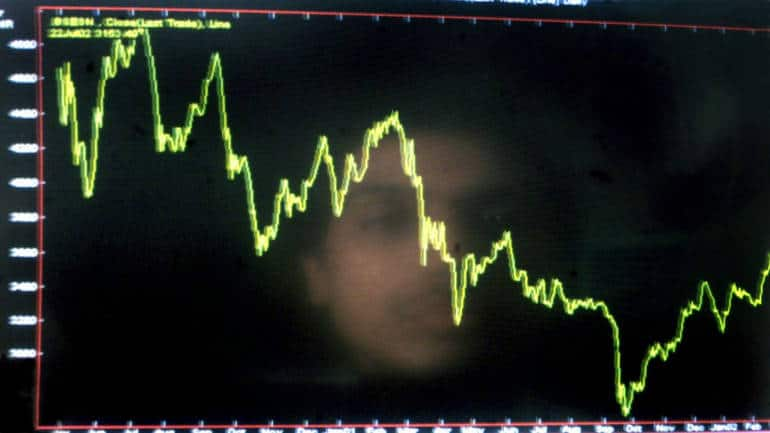Futures vs Options: Which strategy can help you bag you maximum profit?
Futures provide a linear payoff while Options are non-linear which creates multiple scenarios. Before taking a trade the base analysis is generally on the underlying and then a strategy can be formed in Futures & Options (F&O). The question is how to differentiate between both and when to choose Buying Options over Futures?
SHUBHAM AGARWAL | 06-Jan-18
Reading Time: 3 minutes

Options turnover composes 85 percent of the total F&O turnover but are you trading it wisely? Option buyers naturally have a low probability of success due to Theta decay (Time Value) and if not traded efficiently may lead to 100 percent premium loss.
Before taking a trade the base analysis is generally on the underlying and then a strategy can be formed in Futures & Options (F&O). The question is how to differentiate between both and when to choose Buying Options over Futures?
An optimal and simple answer to this is that one should buy options when confidence on the trade is either ‘Too High’ or ‘Too Low’.
Another aspect to buy options would be if the capital available to invest is low but the appetite to risk is high with the entire capital at stake (i.e. the premium paid ).
Futures provide a linear payoff while Options are non-linear which creates multiple scenarios. Let’s evaluate a few simple ones.
To Know More about derivatives
Case: When underlying moves in favour
Let’s assume you are bullish on Nifty and you expect a 200 points jump over the next 5 days. A trade on Futures would demand a margin of Rs 60,000 and the gain would be exactly 200 points i.e. Rs 15,000 (25 percent ROI) if the forecast goes right.
If a call option is bought of ‘At The Money’ for Rs 171 the call would be priced at Rs 278 on the fifth day with a 200 points up move. The investment in the call option was Rs 12,825 and the return is Rs 8,025 (62.5 percent ROI). The return is far superior to simply buying a future.
Case: When underlying moves against
Now, let’s assume that instead of an up move from the above example the instrument moves down by 100 points. The payoff to futures is a loss of Rs 7,500 (-12.5 per cent ROI) whereas the call option would be priced at Rs 111 which is a loss of Rs 4,500 (-35 per cent ROI).
Case: When nothing changes
If the underlying doesn’t move at all, there is no Profit or Loss in futures whereas options price will fall down to Rs.157 creating a loss of Rs 1,050 (-8 per cent ROI). This loss is due to the Theta decay (Time value).
(Note: Assumptions for this example a. Spot Price = 10,000 b. Volatility @ 15 percent c. Days to Expiry = 30 days d. Lot Size = 75)
Our Learning’s
From the above examples, we learn that buying options can amplify returns both sides but this could be useful case to case. If the confidence in the trade is too high, buying Options can generate a higher ROI.
In the case of Low Confidence, buying options has a significant hit to ROI but it also restricts the loss in absolute terms lesser than futures with potential for upside. But if the confidence is neutral, Futures might be a better choice.
To Know More about option chain
Recent Articles

Knowing when not to adjust trades: Shubham Agarwal
27-Dec-25

How to make profit when markets go sideways: Shubham Agarwal
20-Dec-25

Beyond Panic: Take control when your derivatives trade turns red, says Shubham Agarwal!
13-Dec-25

Evolve Your Trade: The missing step in most trading systems: Shubham Agarwal
06-Dec-25

Best trending option trading strategies: Shubham Agarwal
29-Nov-25

3 best ways to hedge using Options: Shubham Agarwal!
22-Nov-25

When in doubt to write, do Iron Fly: Shubham Agarwal!
15-Nov-25

Identify potential turning points with advance-decline: Shubham Agarwal
08-Nov-25

SHUBHAM AGARWAL is a CEO & Head of Research at Quantsapp Pvt. Ltd. He has been into many major kinds of market research and has been a programmer himself in Tens of programming languages. Earlier to the current position, Shubham has served for Motilal Oswal as Head of Quantitative, Technical & Derivatives Research and as a Technical Analyst at JM Financial.
Recent Articles

Knowing when not to adjust trades: Shubham Agarwal
27-Dec-25 10:58:00

How to make profit when markets go sideways: Shubham Agarwal
20-Dec-25 12:14:00

Beyond Panic: Take control when your derivatives trade turns red, says Shubham Agarwal!
13-Dec-25 09:12:00

Evolve Your Trade: The missing step in most trading systems: Shubham Agarwal
06-Dec-25 20:43:00

Best trending option trading strategies: Shubham Agarwal
29-Nov-25 09:32:00

3 best ways to hedge using Options: Shubham Agarwal!
22-Nov-25 09:11:00

When in doubt to write, do Iron Fly: Shubham Agarwal!
15-Nov-25 10:48:00











